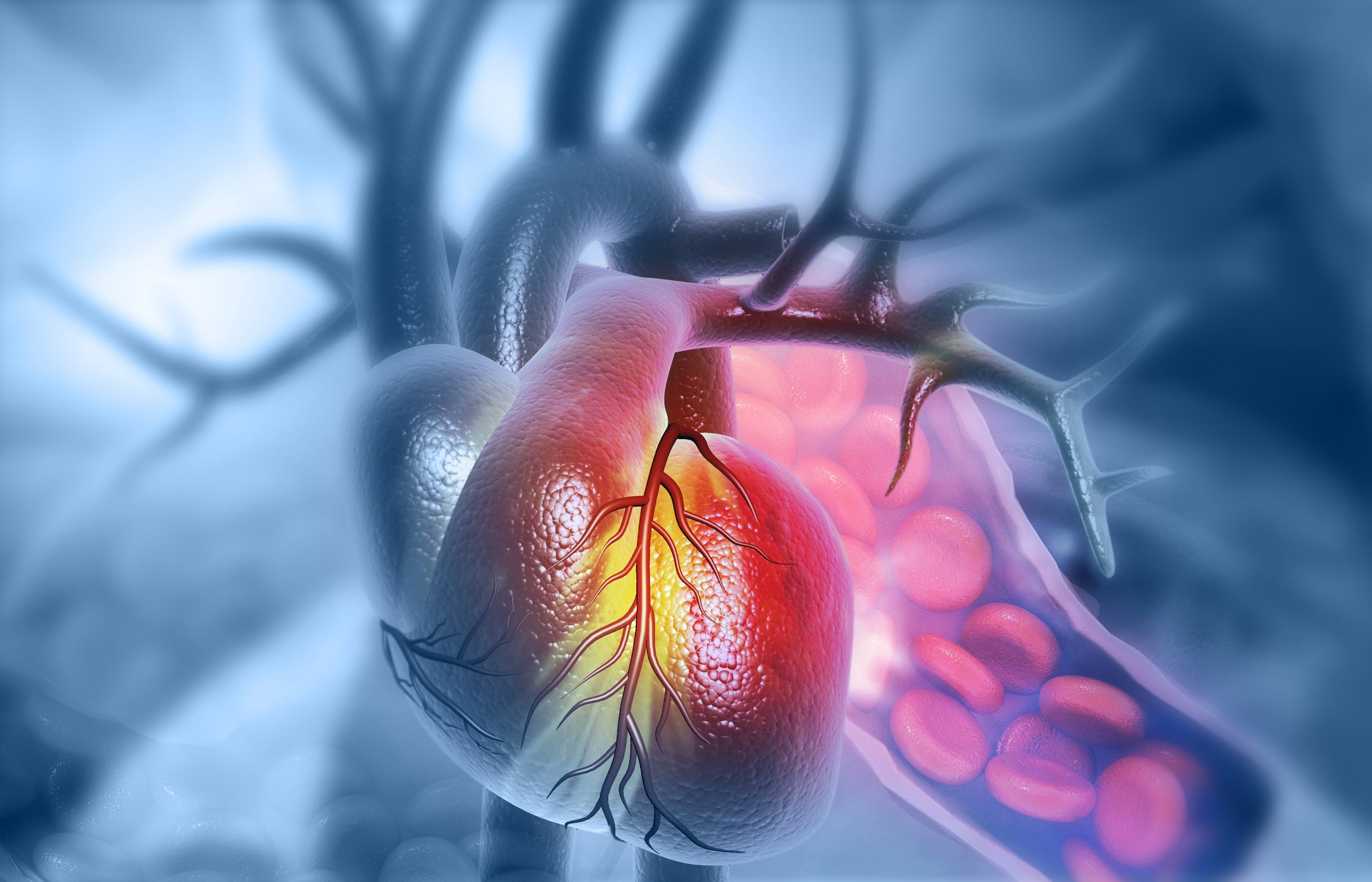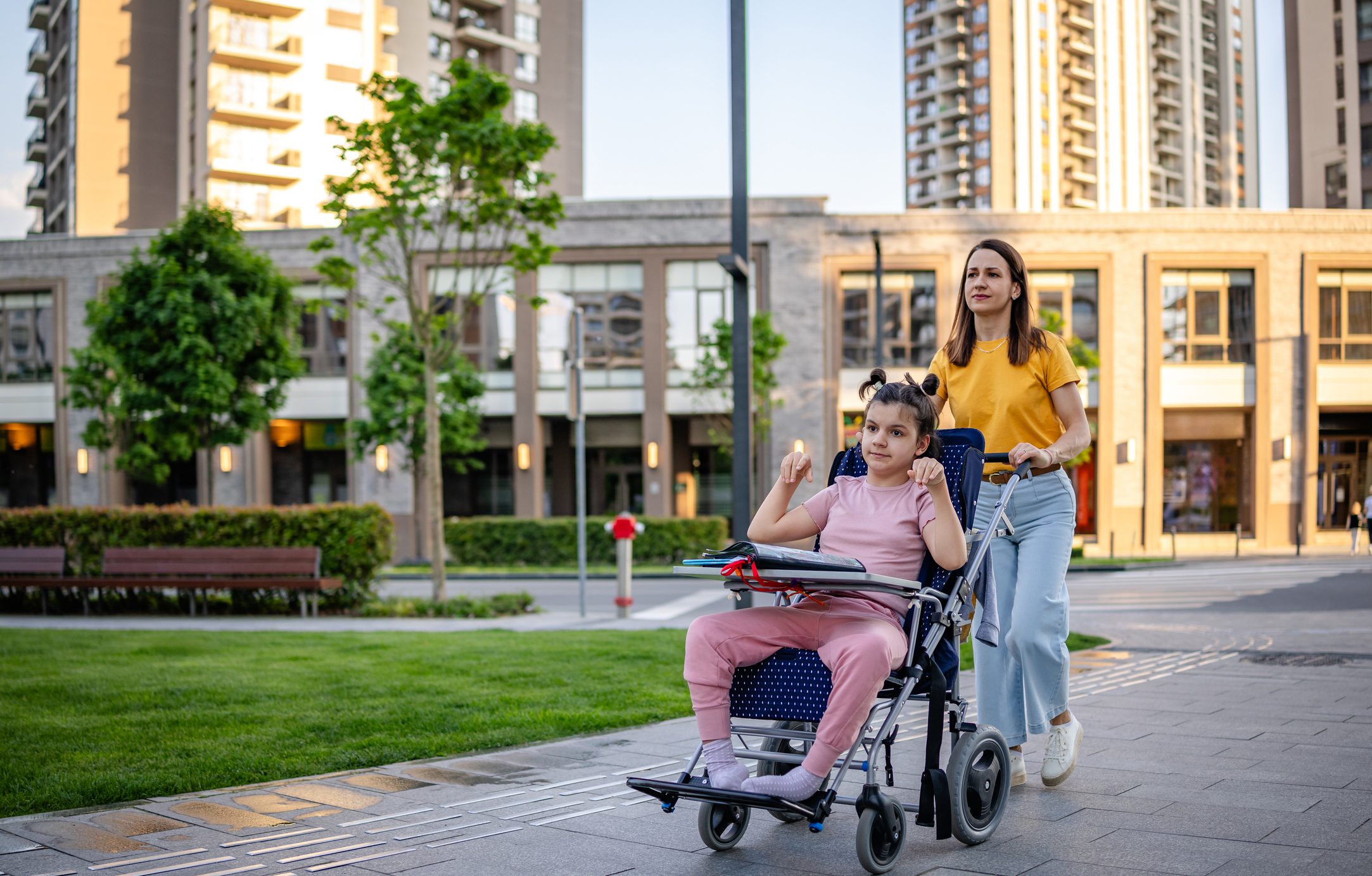Diabetes mellitus can lead to restrictions in operating machines in exceptional situations. After Switzerland had already issued guidelines in 2011 to prevent dangerous situations, the DDG appointed a new S2e guideline as of December 2017.
The guideline of the DDG and the guideline of the Swiss Society of Endocrinology and Diabetology (SGED), the Swiss Diabetes Society (SDG) and the Swiss Society of Forensic Medicine (SGRM) regarding fitness to drive and driving ability in diabetes mellitus provide recommendations for patients themselves as well as for all groups of persons involved in the care of diabetics (physicians, authorities, diabetes consultants, psychologists, insurance specialists, etc.). They enable physicians to make decisions based on scientifically validated guidelines and create legal certainty.
Basically there is fitness to drive
The guidelines include recommendations for granting and renewing driving privileges as well as practical instructions for everyday situations of diabetics on the road.
The majority of the core statements of the Swiss and German guidelines are in agreement. For example, the risk to others from diabetics participating in road traffic is not considered relevant or insignificantly increased because the majority of patients affected by diabetes operate their motor vehicles safely. In principle, a stable blood glucose level should be maintained before driving so that severe hyperglycemia and hypoglycemia, which could have traffic-relevant effects, can be avoided. Late effects and/or concomitant diseases of diabetes, such as neuropathy, cardiovascular diseases or retinopathy/maculopathy, must also not be present if they are likely to restrict safe driving. Since the type of therapy selected influences the tendency to hypoglycemia, this should be included in the individual risk assessment of each patient in conjunction with the perception of hypoglycemia.
In addition to the medical recommendations, the legal frameworks of the individual countries apply.
A comparison that is (still) limping
Apart from the key statements mentioned above, it is difficult to compare the two directives in their current form. The Swiss version is very practice-oriented and summarizes on ten pages guidelines for driving license holders of the so-called first medical group (private drivers) and the second medical group (professional drivers, traffic experts). A traffic light scheme illustrates the division of the recommendations into an absent, a low, an increased and a high hypoglycemia risk (Tab. 1). In addition, the Institute of Forensic Medicine of the University of Zurich has developed a leaflet for road users who receive a form of therapy with a risk of hypoglycemia (insulin, sulfonylureas, glinides).

The German version, on the other hand, is so far only available in the 188-page long version. In addition to the effects of diabetes on driving safety, its complications and treatment options, the possible influence of comorbidities such as dementia, sleep apnea and depression, among others, will be discussed here. There are also minor deviations from the Swiss version in the detailed versions. For example, the DDG is generally against a threshold for HbA1c, whereas the Swiss guideline requires an HbA1c of 6.5-8.5% as a prerequisite for fitness to drive in the second medical category for therapy with a low risk of hypoglycemia.
The comparability of the two guidelines will certainly be greatly facilitated by the DDG’s planned publication of a more compact practical version. Similar to the leaflet for road users from the Institute of Forensic Medicine of the University of Zurich, a patient version of the German edition is planned. These additions are intended to make the previously very detailed German long version (analogous to the Swiss pioneer) more practice-friendly.
Source: Diabetes Congress, May 9-12, 2018, Berlin (D)

Further reading:
- Lehmann R, et al: Guidelines regarding fitness and ability to drive in diabetes mellitus. Swiss Society of Endocrinology and Diabetology 2017. www.sgedssed.ch
- Ebert O, et al: S2e guideline diabetes and road traffic. German Diabetes Society 2017. www.deutsche-diabetes-gesellschaft.de
HAUSARZT PRAXIS 2018; 13(8): 12-13












